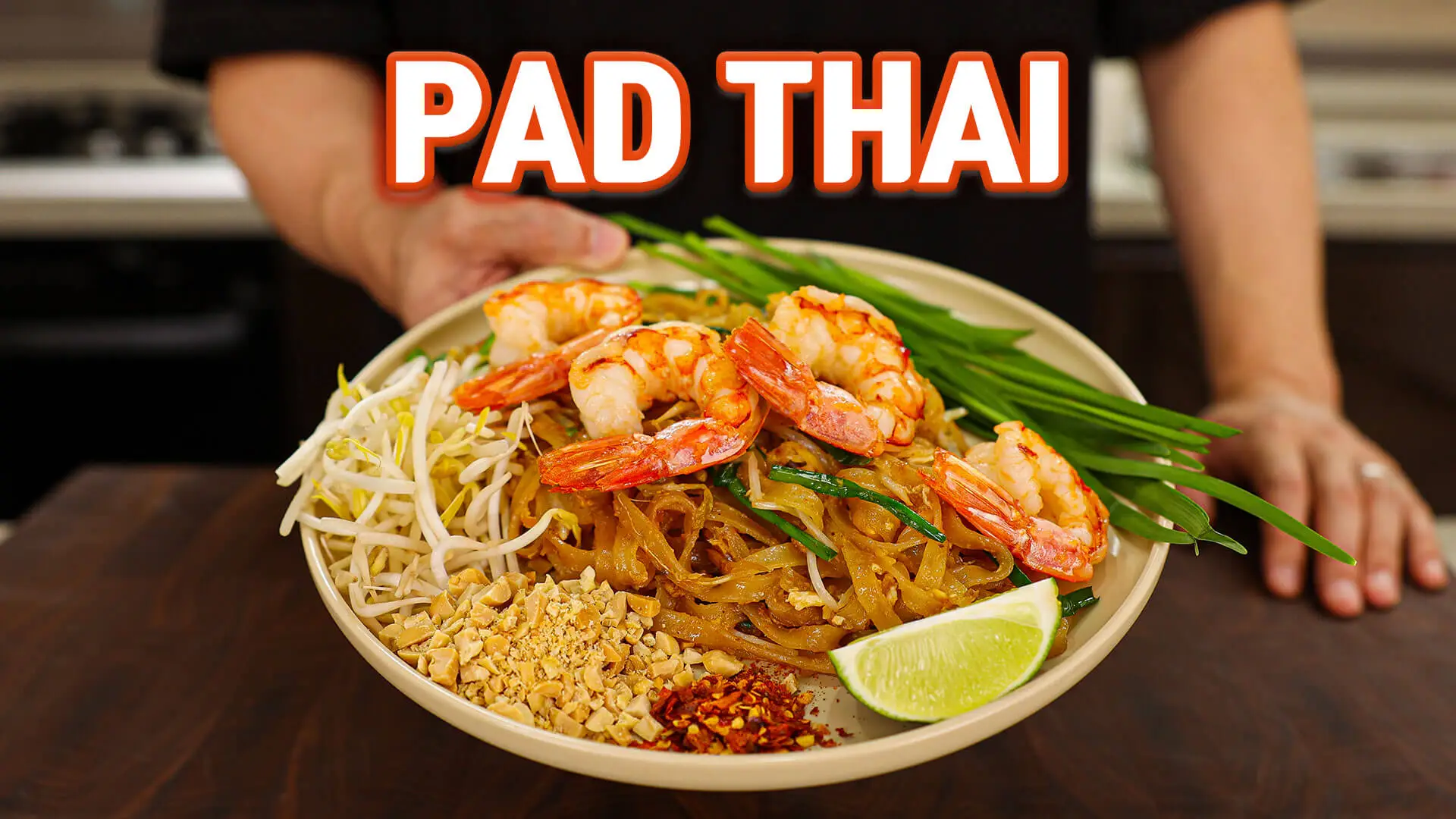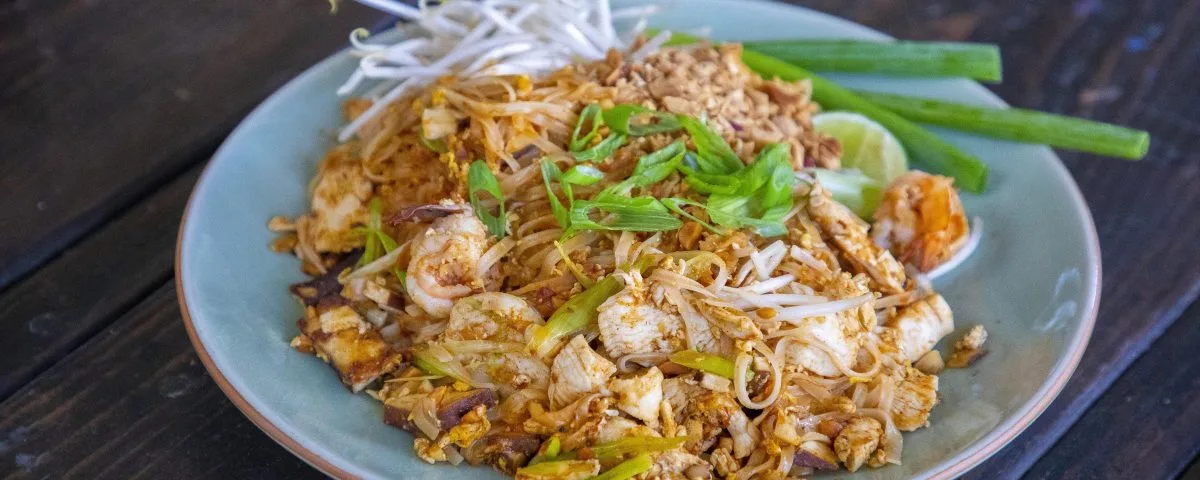
Pad Thai is perhaps the most iconic dish— a masterpiece of flavors and textures that captures the spirit of Thai food as a whole. A meal as popular as it is delicious, Pad Thai combining sweet, sour, salty, and spicy is both intricate and approachable. Our detailed overview of Pad Thai introduces a brief history of this culinary classic, a step-by-step explanation of the process, and a detailed graphical presentation. I hope this material will help to deepen your understanding of Thai culture and cuisine.
The Historical Roots of Pad Thai
Origins and Cultural Significance
Pad Thai is also one of the newest members of the Thai food family despite its prevalent assumption. During World War II, the dish was “created,” or at least appropriated as the nationalistic campaign Prime Minister Plaek Phibunsongkhram. It was a symbol of the Thai people and preserved their ingenuity, as reflected by its ingredients . This campaign was not only good for the economy and produced dramatic economic success, but it also helped create a brighter unified Thailand.
The Evolution of Pad Thai
Over the years, Pad Thai has evolved from a simple noodle dish to a global phenomenon, beloved by many around the world. Its adaptability to different tastes and availability of ingredients contributed to its widespread popularity, making it a staple dish in Thai restaurants worldwide.

Crafting the Perfect Pad Thai
Essential Ingredients
The magic of Pad Thai lies in its ingredients, each playing a crucial role in creating its distinctive taste:
- Rice noodles: Flat and thin, these are the backbone of the dish, providing a chewy texture.
- Proteins: Typically includes shrimp or tofu, providing a savory counterpoint to the noodles.
- Tamarind paste: Offers a tangy flavor that is quintessential to Pad Thai.
- Fish sauce: Adds saltiness and umami, crucial for the dish’s depth of flavor.
- Palm sugar: Balances the sourness with sweetness.
- Chilies: Introduce a subtle heat, which can be adjusted to taste.
The Art of Preparation
Preparing Pad Thai requires a delicate balance of ingredients and timing:
- Soak the noodles: They should be soft but not mushy.
- Prepare the sauce: Combine tamarind paste, fish sauce, and palm sugar.
- Cook protein and vegetables: Typically begins with protein and follows with additions like shallots and preserved radishes.
- Combine all elements: Add noodles and sauce to the pan, ensuring even coating and flavor absorption.
- Finish with garnishes: Includes crushed peanuts, fresh lime juice, bean sprouts, and green onions.
Enjoying Pad Thai
From the point of view of culinary technique, Pad Thai has an interesting concept. It is usually served with a lime wedge. After serving, it is pressed on top of the dish to give it a more citrus flavor . A person can also serve it with a small bowl of sugar, fish sauce, coarsely ground peanut, and coarsely ground chili. Thus, each individual can find the perfect balance of their flavor. In this regard, there is no one standard recipe. As for drinks, it goes well with light beer or white dry wine. Thai tae-iced tea is also a perfect combination.
Pad Thai Beyond Thailand
Global Variations
As pad Thai crossed borders, it has become diverse, as it was adapted to the requirements of different countries and their culinary preferences. In some countries, there are versions of it with offbeat additions such as chicken or different seafood. It can also be served vegetarian and vegan, where soy sauce replaces fish sauce, and tofu replaces meat or seafood.
Cooking Classes and Culinary Tours
In sum, cooking Pad Thai can be mastered via attending classes in Thailand or worldwide. There are multiple classes that provide hands-on experience that can give an insight into how these traditional techniques work. A culinary tour in Thailand might include visiting local markets and purchasing the necessary ingredients for a cooking session. Thus, the student might get to know the food culture from the inside.








